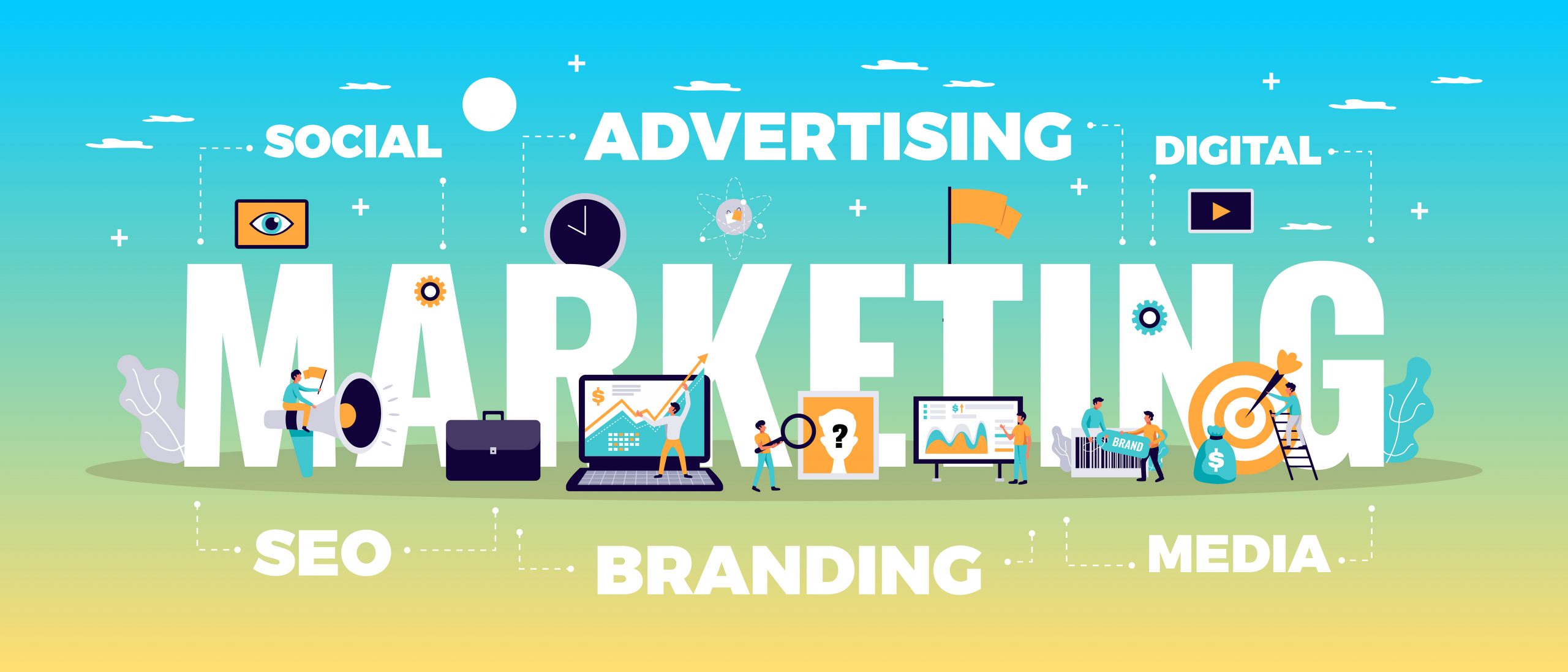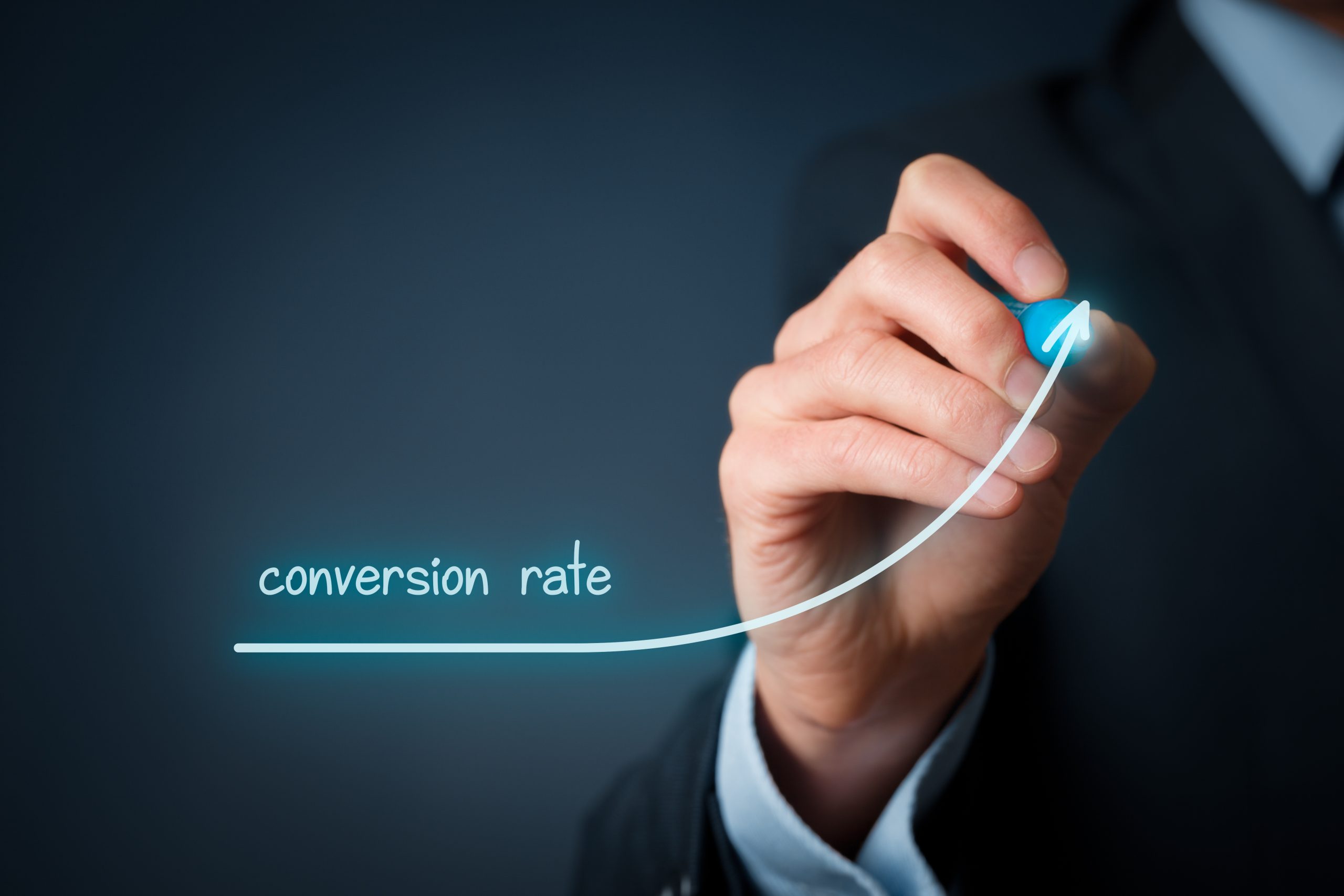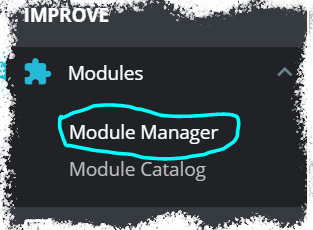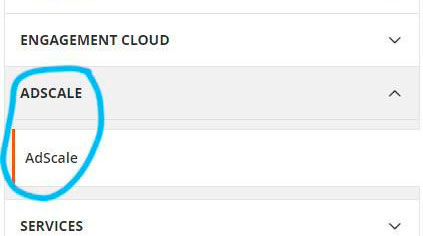In general, e-commerce analytics is the process of collecting information from all of the sources that influence your business. It can encompass a wide range of customer lifecycle KPIs, including exploration, engagement, conversion, and retention.
Analytics is crucial because it can give you data-driven insights into how customers engage with your e-commerce website, both positively and negatively. These findings eliminate the guesswork and subjectivity associated with website optimization, revealing areas for development and creativity.
As a result, data analytics software keeps track of an e-commerce store’s success. This type of technology aids businesses in identifying their best- and worst-performing items, tracking buyer and consumer behavior, and determining any issues that are affecting the company.
How Can E-commerce Analytics Tools Help Your Business?
E-commerce data analytics tools help merchants show which products are favored and what consumers’ habits are on the whole. The data aids e-commerce businesses in maintaining a competitive advantage in their specific marketplaces. It assists merchants in analyzing user activity and determining how the site should be built depending on users’ preferences and the most likely product landing page to engage the client and turn them into a buyer.
Moreover, through e-commerce customer behavior research, data analytics software allows e-commerce enterprises to gain more profound market knowledge. Logistics, supply chain management, and operational processes can all benefit from big data resources. This leads to improved performance and significant cost savings.
However, e-commerce analytics solutions may come with limitations. For example, the following are three major issues that a company may face while employing data analytics software:
- Employees find it tough to drill down and establish important insights due to the abundance of data from many sources. And they end up examining the data that is easily accessible rather than the data that brings true value to the company.
- Undefended collection methods can become an easy access point for cybercriminals. The safety of your company’s collected data is essential.
- The enormous variety of technologies available on the market is another barrier in data analytics. This article may assist you in making the best decision to choose valuable software.
Top 20 E-commerce Analytics Software
The top positions on the list are occupied by free-version software, then software with a free plan or trial, and lastly, solely paid software. The software’s features, benefits and challenges, as well as pricing will all be discussed to help you choose between the different alternatives available.
E-Commerce Analytics Platform № 1: Google Analytics
Google Analytics is an e-commerce analytics software that provides businesses with a wealth of information on their web pages, clients, and internet marketing. Google Analytics is a sophisticated, adaptable, and user-friendly tool that allows intelligent marketers to identify the messages and platforms that produce positive outcomes. State-of-the-art conversion attribution and monitoring solutions assist businesses of all sizes in creating a better customer experience and maximizing their marketing presence.
Fortunately, for small and medium-sized business marketers, the normal, free edition of Google Analytics usually delivers plenty of information to effectively guide promotional efforts. Google Analytics 360, on the other hand, will set you back $150,000 per year for large businesses.
E-Commerce Analytics Platform № 2: Heap
Heap is an e-commerce data analytics software that enables individuals in charge of the online transformation to quickly identify blind spots in multi-step digital journeys where customers stumble or drop off, so that product and marketing groups can focus on the most significant enhancements to the digital product or website.
E-Commerce Analytics Platform № 3: FullStory
FullStory is a secure e-commerce analytics software that enables deep analytics, extensive session data, and collaborative capabilities to answer questions, identify difficulties, and uncover opportunities on web and mobile properties. FullStory session replays are more than just recordings; they’re a window into the customer’s experience. Users may analyze customer activity, identify rage clicks, develop funnels, and review page metrics from the Omnisearch dashboard, which provides an easy experience.
E-Commerce Analytics Platform № 4: Matomo
Matomo is a self-hosted open source e-commerce data analytics software project. Tracking is simple to set up, maintain, and execute. Many of the increased functionalities you’d expect in an analytics platform are included. The best thing is that you have complete control over the data and personal information.
E-Commerce Analytics Platform № 5: Mixpanel
Mixpanel is an e-commerce data analytics software that uses data to help track and measure what counts, make quick choices, and build better products. Teams can simply evaluate how and why consumers engage, convert, and retain in real-time across platforms with the robust, self-serve product intelligence platform to optimize their user experience.
E-Commerce Analytics Platform № 6: Yotpo
Yotpo is an e-commerce analytics software that helps businesses generate a ton of product and site reviews, photographs, videos, Q&A, and other user-generated content, which they can then utilize to attract qualified traffic, raise conversion rates, and increase revenues.
E-Commerce Analytics Platform № 7: Glew.io
For e-commerce merchants, digital agencies, retailers, and B2B sellers of all sizes, Glew is an e-commerce data analytics software that provides multichannel business insight. Glew allows you to see all of your data in one place and gain important insights to build your business with attractive visualizations, scheduled and automatic reports, alarms, and more, thanks to its 150+ integrations.
E-Commerce Analytics Platform № 8: IXXO Multi-Vendor
IXXO Multi-Vendor is an e-commerce analytics software that allows independent sellers to offer their wares from a single location. It’s great for entrepreneurs that run small to medium-sized web enterprises. Because of its great out-of-the-box capabilities, IXXO Cart stands out from the competition. IXXO Multi-Vendor provides around 1000 e-commerce capabilities that allow you to customize your online store and grow your business.
E-Commerce Analytics Platform № 9: Segment
Companies can use Segment – an e-commerce data analytics software – to get the data they need to place their consumers at the center of every choice. Companies can use Segment to gather, unify, and route their customer data into any system where it’s needed in real-time to better comprehend their consumers and create seamless, compelling experiences.
E-Commerce Analytics Platform № 10: Shopify
Shopify’s e-commerce analytics software and reports allow you to examine your store’s recent activities, gain insight into your visitors, assess your online store’s speed, and examine your transactions. The analytics page and essential financial information are available to everyone.
E-Commerce Analytics Platform № 11: Hotjar
Hotjar is an e-commerce data analytics software that provides product experience insights that illustrate how users act and what they care about, allowing product teams to bring genuine value to users. It is usually used by the marketing team, but it can also be shared with a technological team when studying how a user interacts with a website problem or issue.
E-Commerce Analytics Platform № 12: Woopra
Woopra is an e-commerce analytics software that changes the way businesses perceive, evaluate, engage, and keep their customers. Individual-level data is used to create aggregate analytics reports that provide full lifecycle insights and help departments bridge gaps. Woopra’s patented tracking technology keeps track of how much time people spend on your website, product, and mobile apps.
E-Commerce Analytics Platform № 13: Crazy Egg
Crazy Egg is an e-commerce data analytics software for businesses, eCommerce enterprises, digital agencies, and educational institutions that helps them evaluate visitor behavior across email and media advertising. The tool enables teams to study consumers’ journeys, discover diverse audience segments existing across web pages, and detect issues like unclear navigation and form bugs. Administrators can use the A/B testing tool to set up specific goals for testing web pages.
E-Commerce Analytics Platform № 14: Metrilo
Metrilo is a sophisticated consumer brand growth marketing tool. The analytics track your company’s progress and provide you with information to help you make strategic decisions. The engagement tools are based on large amounts of data and allow you to form long-term relationships with your clients.
E-Commerce Analytics Platform № 15: Kissmetrics
Kissmetrics is an e-commerce data analytics software that is hosted in the cloud. It uses behavior-based data to help businesses better understand their website users. It’s a centralized platform for analyzing, engaging, and categorizing audiences that are designed for small businesses. Data management, events, reporting, campaigns, customer profiles, accounts, and payment are all aspects of Kissmetrics. It assists users in increasing conversion rates by offering product sales metrics and allowing them to understand what is and is not working. Moreover, it also provides insights into customer behavior, allowing businesses to get real-time knowledge about industry trends.
E-Commerce Analytics Platform № 16: Visual Website Optimizer
VWO Testing is an e-commerce analytics software that allows users to quickly build and perform A/B, multivariate, and split tests. VWO Testing is driven by Smartstats, a Bayesian statistical engine that provides accurate reports and strong segmentation options to help you make informed business decisions. VWO Testing is a feature of the VWO Experience Optimization Platform that allows you to find conversion leaks, analyze visitor behavior, perform polls, execute tests, log your findings, and communicate with visitors.
E-Commerce Analytics Platform № 17: Optimizely
Optimizely is a software that includes AI-powered customization and testing, which includes A/B testing, multivariate testing, and server-side testing, as well as a complete set of digital experience improvement capabilities.
E-Commerce Analytics Platform № 18: Supermetrics
Supermetrics is an e-commerce analytics software that makes it easier for marketers to get data from 80+ sales and marketing platforms into the analytics and reporting tools they need to make smarter decisions. Businesses can use Supermetrics to combine siloed data from sales and marketing systems into their preferred reporting, analytical, and storage system, whether it’s a business intelligence tool, a spreadsheet, a data visualization tool, a data mart, or a data warehouse. Marketers, as well as the analysts and engineers who support them, can spend more time using data and less time transferring data with Supermetrics.
E-Commerce Analytics Platform № 19: Looker
Looker is an e-commerce data analytics software that is redefining business intelligence for today’s business. Looker works in the same way as the web does: it’s browser-based, and its proprietary modeling language allows any worker to benefit from the work of your top data analysts. It is a 100% in-database analytics platform that takes advantage of the newest, quickest analytic databases to deliver real-time findings.
E-Commerce Analytics Platform № 20: Brightpearl
Sales orders, fulfillment, inventory control, bookkeeping, analytics and scheduling, warehouse management, replenishment, and more are all connected with Brightpearl. Brightpearl is an e-commerce analytics software and is built to safely handle peak trading. It integrates with the whole retail tech ecosystem, is omnichannel-native, is the system of record for critical trade data, delivers real-time trading insights, and is autonomous so you can remain in charge and govern by exception.
How To Integrate Your E-Commerce Analytics Tool With Your Dashboard
AdScale uses consumer data and AI-powered marketing to help you grow your ecommerce business. On a single platform, you can effortlessly run data-driven campaigns across all media. It’s designed for ad agencies and in-house digital marketing teams, private advertisers, and PPC managers.
- Analyze your business and categorize your customers based on information such as customer lifetime value, repeat customer rate, repurchase frequency, and more.
- Run data-driven Facebook, Instagram, Shopping, Search, and Display campaigns. Campaign creation is quick, and budget and bid optimization are automated.
- Customized SMS messages might help you get more value from your clients. Earn the highest return on investment (ROI) from all marketing channels while driving sales on autopilot.
AdScale is a plugin that visualizes key performance indicators and analyzes personal accounts to provide insights into ad performance. It allows customers to automate budget management and distribution across campaigns, as well as provide informative suggestions on topics such as landing page performance, ad optimization, and keyword optimization. configurable reporting, and ongoing account structure optimization are among the other capabilities.
With AdScale’s BI Store Analytics Report, you can get a comprehensive overview of your store’s performance. Your order history and shop statistics are a gold mine of information. AdScale assists you in identifying missed opportunities, marketing flaws, and new revenue-generating prospects. The BI Store Analytics Report from AdScale examines your order history and stores data to produce business insights, consumer segments, and major product groups.
Conclusion
We went through some of the greatest eCommerce analytics tools currently on the market in this article. Nevertheless, what will work for your online store right now will be determined by the results you want from your eCommerce analysis tools.
FAQ
E-commerce analytics is the process of gathering information from all of the sources that affect your store. The data should then be used to understand changes in customer behavior and online shopping trends.
The success of internet stores is tracked by e-commerce analytics software. This type of software aids businesses in identifying their best- and worst-performing items, tracking buyer and consumer behavior, and determining which issues have an impact on the company.
Databases are commonly used on e-commerce sites for transaction monitoring, product catalogs, and non-product material like blog entries and “About us” webpages.
Customer analytics are divided into six categories: customer journey, customer experience, customer engagement, customer lifetime, customer loyalty, and customer voice.
A customer analytics record can reveal what demographic a company’s customers belong to, what products they’re interested in, what price range they prefer, and how long they spend looking at the product on the website or app.
Analysts extract the customer and environment attributes that can impact an outcome when it comes to Customer Analytics. They create models using regression analysis to test and project outcomes depending on a set of assumptions.
Customer analytics, which serves as the foundation for all marketing efforts, includes approaches such as predictive modeling, data visualization, information management, and segmentation.
























 ,
,